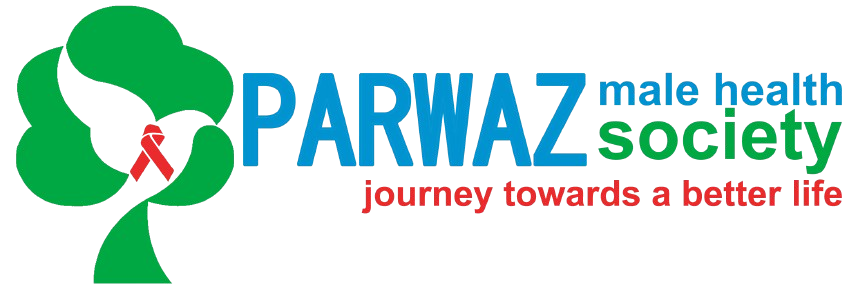
Pre-Exposure Prophylaxis – A Game Changer!!
Pre-exposure prophylaxis or “PrEP” is the use of an antiretroviral medication by HIV-negative people to reduce the risk of HIV acquisition.
Email Marketing as Lead Generation Tactics of B2B
As of September 2015, WHO recommends that people at substantial risk of HIV infection should be offered tenofovir disoproxil fumarate (TDF)-based oral PrEP as an additional prevention choice, as part of comprehensive prevention. Oral PrEP is highly effective at preventing HIV when used as directed. In 2021, WHO recommended that the dapivirine ring may be offered as an additional prevention choice for women at substantial risk of HIV and, in 2022, that long-acting injectable cabotegravir (CAB-LA) may be offered as an additional prevention choice for people at substantial risk of HIV. Other products (e.g., multipurpose prevention products that combine antiretroviral drugs with contraception) are currently studied as additional PrEP options.
PrEP should be promoted as a positive choice, in conjunction with other appropriate prevention interventions and services, including sexual and reproductive health (SRH) services. As an additional HIV prevention option, PrEP should not displace other effective and well-established HIV prevention interventions such as comprehensive condom programming, voluntary medical male circumcision (VMMC), and harm reduction for people who use drugs. Instead, it should be integrated into existing health services. Many people who could benefit from PrEP belong to key populations and often face legal, financial and social barriers to accessing health services. Legal environments in which the rights of people at substantial risk of HIV are violated may represent an important barrier to PrEP implementation. Efforts should address these barriers to ensure access to prevention, testing and care services for HIV and other STIs more broadly. Placing the people and communities who could benefit from PrEP at the centre of design, planning and implementation allows services to be adapted to their preferences and sexual-health needs while maximizing impact and health system efficiency. The public health approach underpins WHO guidance on the provision of PrEP. However, the decision to use PrEP should always be made by the individual; and provision should follow national guidelines. Countries should ensure the relevant policies are in place to support rollout and scale-up of PrEP, accommodating the diverse preferences and needs of those who could benefit from it.
